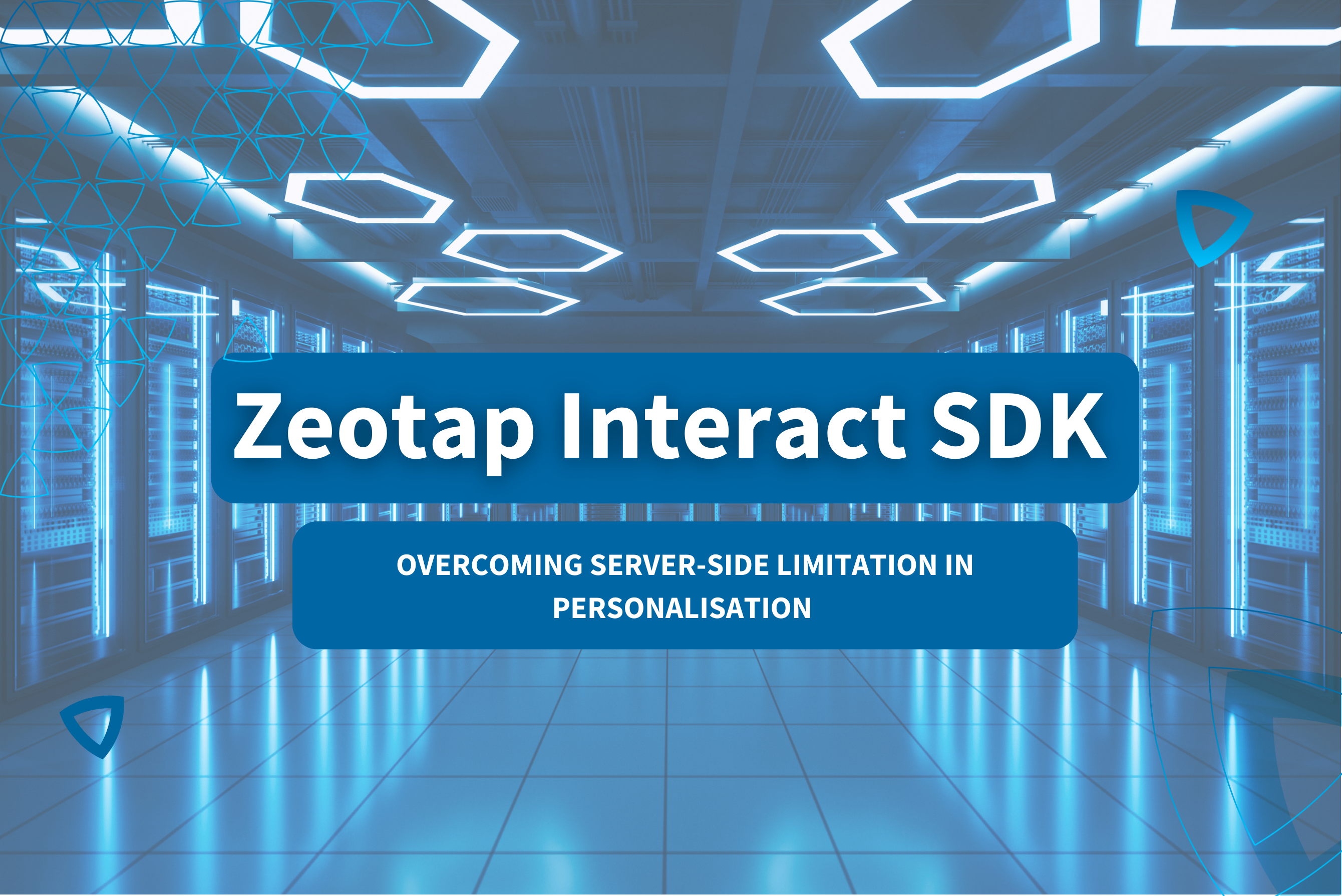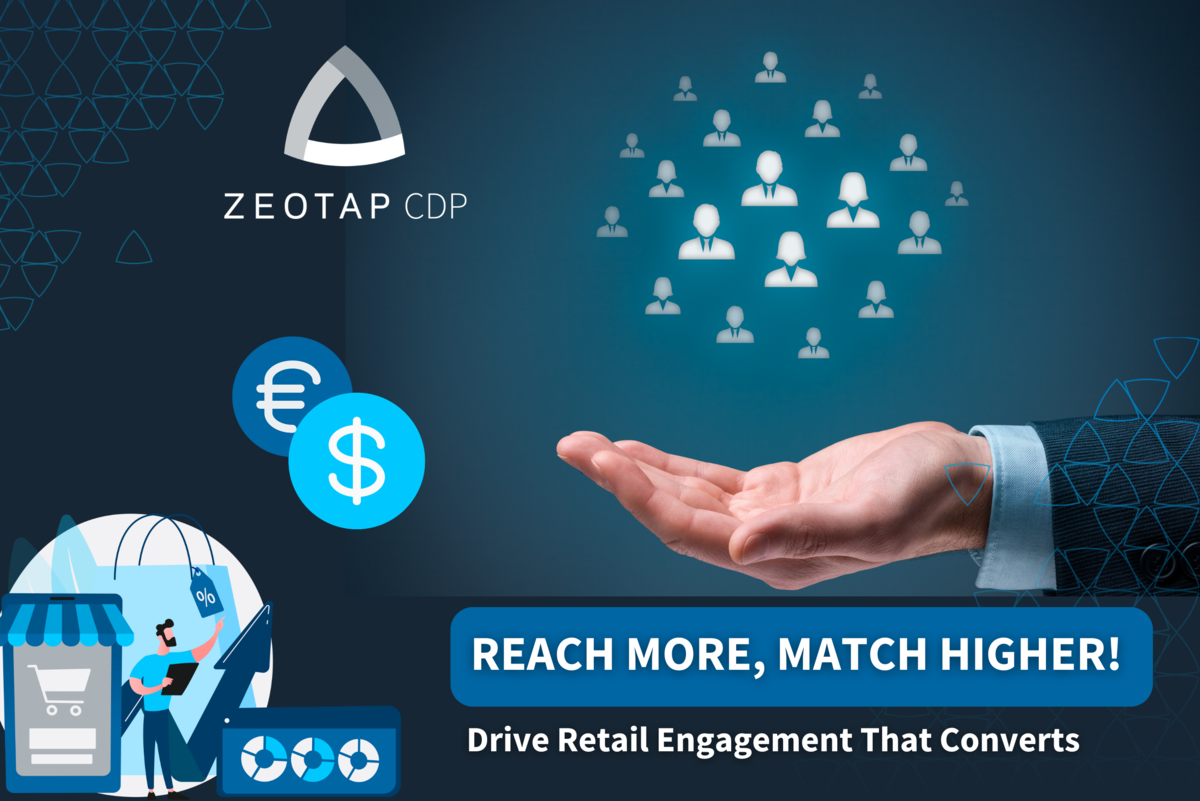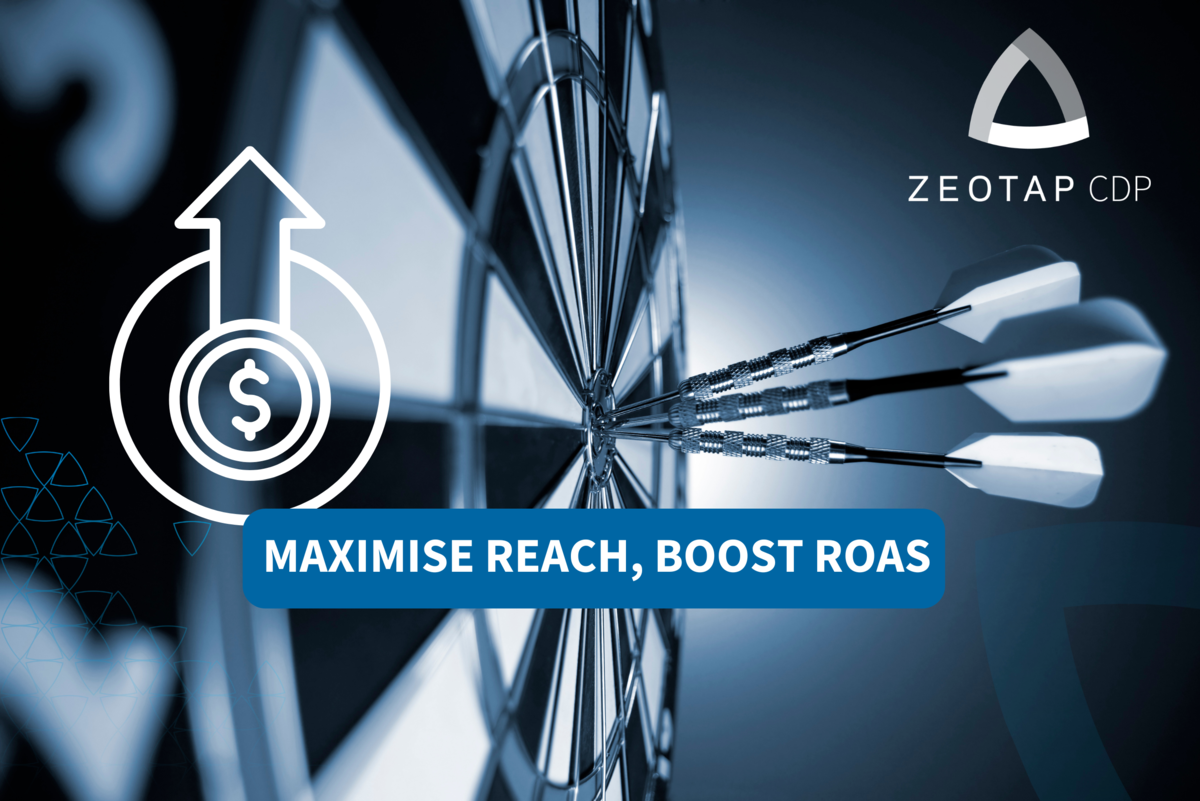Today’s consumers have several ways to engage with brands, making the marketing funnel more nuanced and complex than ever before. Think about it, consumers have easy access to websites, ads, emails and text messages, social media, in-app notifications, customer service interactions, physical in-store experiences and more. With all the evolving engagement channels, shopper expectations are higher than ever for personalised and relevant offers.
Interestingly, research from Mckinsey found that 71% of consumers expect companies to offer personalised engagements, and 76% get frustrated when this doesn’t happen. It’s crucial retail and brand marketers provide increasingly unique offers, as that’s what consumers expect to help cut through the noise.
With this in mind, brands and retailers need to find efficient ways to improve customer experiences in such an intricate world. Customer Data Platforms (CDPs) allows retailers to create seamless, personalised omnichannel experiences that drive customer engagement, loyalty, and revenue. By integrating channels, leveraging customer data, and delivering targeted messaging, retailers can meet the evolving expectations of modern consumers and differentiate themselves.
Omnichannel Customer Experience
Omnichannel marketing involves the integration of all available channels, including physical stores, e-commerce websites, mobile apps, social media platforms, email marketing, and more. This integration ensures customers can transition between channels effortlessly while receiving consistent messaging and shopping experiences.
However, keeping track of each customer interaction, via each respective platform, is a massive undertaking. Successful omnichannel retail marketing requires marketers to collect and better orchestrate and assess compliant consumer data. This is where innovative omnichannel retail strategies provide marketers with an advantage – and CDPs do just that – helping unify, analyse data from various sources. This is critical with all the evolving privacy regulations; CDPs ensure GDPR compliance when activating target audiences on different platforms, by adhering to the preferences provided by the customers.
Here’s how they can significantly boost customisation efforts:
- Creating a real unified customer view
- Enabling a detailed audience segmentation for targeted campaigns
- Allowing a customer journey optimisation for hyper-personalisation
- Providing consistency across channels
- Enabling accurate predictive analytics to anticipate needs and preferences
1.Unified Customer View
CDPs aggregate customer data, structure it into central customer profiles, and then enable other marketing solutions to utilise it for impactful results. It all starts with building customer profiles – CDPs do this by combining data from a variety of sources, including first, second and third-party data sources. Effectively, they can collect and organise data from the Companyʼs CRM, DMP, data lakes or warehouses, websites or mobile apps, and POS systems.
2.Detailed Audience Segmentation for Targeted Campaigns
With these profiles created, marketers can develop audience segments and activate them across other channels such as paid media, SMS marketing, customer service tools and even website personalisation. The end result is the ability to not only manage data in a compliant and structured way, but also to be able to efficiently deliver targeted, personalised retail customer experiences at scale.
3.Customer Journey Optimisation for Hyper-personalisation
This comprehensive view enables retailers to gain critical insights into customer behaviour, preferences, and purchasing patterns; and subsequently provide tailored experiences for each individual customer. This involves unique product recommendations, marketing messages, and promotions based on a customer’s past interactions and preferences. Optimising customer journey with a hyper-personalisation of the customer experience foster loyalty, boost sales and reduce cart abandonment.
4.Consistency Across Channels
Additionally, omnichannel marketing requires consistency across all platforms, from brick-and-mortar stores to online shops, mobile apps, and social media. CDPs help ensure that the personalisation strategy is consistently applied across all channels, providing a seamless and personalised customer experience no matter where or how the customer chooses to interact with the brand.
For example, a person is in the market to purchase a new coat. The person is researching different sales and reviews of garments. From there, retail brands can target this person with unique ad campaigns across channels that highlight different coat options, styles and deals. A CDP tracks each engagement through the marketing and sales funnels, ensuring the consumer receives the most relevant information. Based on how the consumer interacts with the campaigns, and continues their independent research, the retail brand can optimise and refine its messaging and creative. This is an important point – as CDPs create customer profiles and update them in real time, this helps eliminate unnecessary or inconsistent interactions by more appropriately re-targeting or suppressing an audience from a specific segment. This leads to the right type of marketing engagements before the purchase is made, and then stopping or changing the messaging after the purchase to avoid sending call-to-actions to buy the coat once it’s already bought.
This level of personalisation enhances customer engagement, fosters loyalty, and drives conversion rates. In fact, another report from McKinsey found that 76% of consumers said receiving personalised communications was a major factor in prompting their consideration of a brand, and 78% said personalised content made them more likely to repurchase.
5. Predictive Analytics to Anticipate Needs and Preferences
Advanced CDPs employ machine learning algorithms to predict future customer behaviours based on historical data. This predictive capability allows retailers to anticipate needs and preferences, offering personalised experiences that meet customers’ expectations before they even articulate them.
Conclusion
As retail marketers and brands embrace the omnichannel approach and harness the capabilities of CDPs, they stand to unlock new opportunities for growth and customer satisfaction and boost retail customer experience in our increasingly digital world. Overall, CDPs provide the tools necessary for retailers to fine-tune their marketing strategies, ensuring that every customer interaction is personalised and optimised for engagement, conversion, and customer satisfaction. This leads to more effective marketing, improved customer loyalty, and ultimately, increased revenue.

































